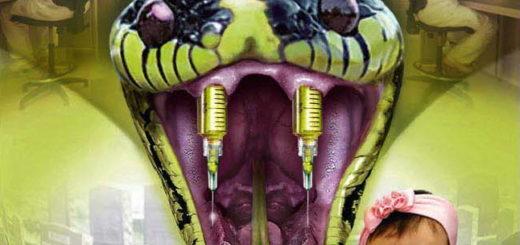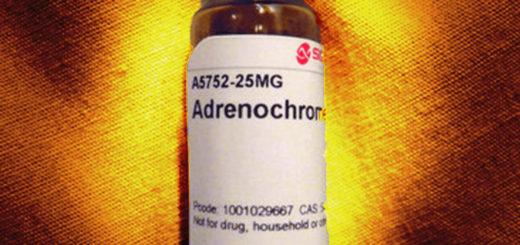Addicted to “Love” Scams
Thihttps://www.facebook.com/watch/?v=3402375430009768s
https://www.facebook.com/watch?v=841472656826450
Are people in couples truly addicted to each other?
Posted January 28, 2015 Reviewed by Davia Sills

Does anyone remember the 1980s public service ad where the guy fries an egg and says, “This is your brain on drugs“? It’s a cool and memorable commercial, and it may have actually turned one or two people away from drug use.
In fact, it’s such a great commercial that the Partnership for a Drug-Free America remade an extreme version of the ad in 2008. (See the “Robot Chicken” spoof here.) From these ads, not to mention a great deal of scientific research, it is clear to most people that addictive drugs cause unnatural reactions in the human brain—reactions that sometimes lead to strange behaviors.
But doesn’t love sometimes cause similarly strange behaviors?
Indeed it does. In fact, love has probably started more schoolyard fights, adult feuds, and outright wars than every other catalyst combined—money, alcohol, drugs, politics, sports, etc. And thanks to some recent brain-imaging research, we now know why: Put simply, the effects of love on the brain are strikingly similar to the effects of drugs on it. So yeah, whether it’s love or drugs, we’ve got the cracked egg, the hot frying pan, the sizzle, and the stupidity.
This research utilizes functional magnetic resonance imaging (fMRI) technology to examine the brain. fMRI scans are actually pretty cool. Essentially, when any part of the brain is activated—by a thought, a substance, a movement, emotion, or anything else—the blood flow to that area of the brain increases, and fMRIs can track both the location and the degree of this activity.
As such, it is possible to watch what happens in the brain when a person is subjected to an external stimulus. In this way, monitoring and mapping the brain’s response to addictive drugs, for instance, is relatively simple, as is mapping the brain’s reaction to things like physical attraction and lasting love.
One Journal of Neurophysiology study specifically examined the effects of passionate romance, tracking the brain activity of 17 subjects who self-reported being intensely in love. Researchers monitored each subject’s brain response as that person randomly viewed photographs of his or her beloved and photographs of other familiar but not beloved people.
The study’s two-fold findings were clear:
- Intense romantic love activates the striatum, home of the nucleus accumbens—a region of the brain that is often referred to as the “pleasure center.”
- Intense romantic love also activates the insula, a region of the brain that assigns value to pleasurable and life-sustaining activities (to make sure we continue engaging in them).
A larger-scale study, this one published in the Archives of Sexual Behavior, examined the difference between sexual attraction and long-term love (among other topics). This research analyzed the results of 20 separate fMRI trials monitoring subjects’ reactions to a wide variety of stimuli—looking at photos of a loved one, looking at photos of strangers, looking at photos of familiar but not beloved people, looking at pornographic photos, etc. After pooling this data, the research team was able to differentiate between sexual desire and long-term love. In short, they found that both stimuli activate the nucleus accumbens (the brain’s pleasure center), but only love activates the insula (the region that assigns value).
This research rather clearly illustrates the difference between “limerence” and love. Limerence, in case you’re wondering, is what most people recognize as the rush of first romance—that period of time when the other person seems wildly attractive in every way, and any little quibbles you might later have (he hums while he eats, she feeds your well-trained dog table scraps when you’re not looking, he leaves dirty dishes in the sink, etc.) temporarily fade into the background. It is the initial and sometimes obsessive stage of romance—the timeframe in which people are most likely to behave irrationally (i.e., schoolyard fights).
Limerence might sound like a bad thing, but it’s not. In fact, it’s necessary to the formation of love, serving as the short-term glue that keeps couples together long enough to see if there’s something more to the relationship than the rush of initial attraction. In this way, limerence is an evolutionary imperative, keeping couples bonded until they intelligently decide to either break up or build a life together. (Certainly, the evolutionary need to “team-up” is not as relevant in today’s world as it once was, but the inexorable crawl of human evolution doesn’t reverse itself overnight.)
Perhaps the most interesting facet of the studies cited above is that the parts of the brain most heavily affected by both limerence and love—the striatum and the insula—are also the parts of the brain most heavily affected by addictive drugs. Yes, that’s right, limerence and love have a great deal in common with cocaine and heroin. In fact, Dr. Jim Pfaus, lead author of the second and larger of the studies, has stated, “Love is actually a habit that is formed from sexual desire as desire is rewarded. It works the same way in the brain as when people become addicted to drugs.”
The relatively recent understanding that initial attraction, lasting love, and addictive substances share the same neurochemical underpinnings is incredibly enlightening. And it likely explains the strength of obsessive behaviors displayed by those who are in love. Forsaken love, in particular, is highly correlated with issues like stalking, suicide, and homicide.
So in some respects, love could be viewed as a form of addiction. It might be seen as a constructive addiction when it is appreciated, valued, and returned, and a potentially destructive addiction when it is not appreciated, valued, and returned.
This does not, of course, mean that people in love are clinically addicted and in need of rehab. In fact, healthy relationships don’t qualify as an addiction at all. For addiction to be present, directly-related negative life consequences must also be present. As such, rather than qualifying as an addiction that needs to be treated, love is (for most people, most of the time) a joyful and life-affirming process. It feels good, we assign value to it, and we, therefore, want to repeat the experience by remaining with the person we love. That is not an addiction.

Nevertheless, people in love can and often do appear obsessive and addicted, especially in the early portion of a new romance. Essentially, this stage of the relationship creates a neurochemical rush (a “high”) that makes us want to stay in the relationship long enough to form longer-term intimacy (or to realize that the other person isn’t so great, and we should probably move on).
The only real problems with the “addictive nature” of love are that some people may find themselves seeking the rush of limerence over and over, never progressing to the deeper, longer-lasting stage of actual love, while other people may fall fast and hard for someone, only to learn that their feelings are not requited or that others are also seeking the same prize—either of which can lead to bad behavior.















